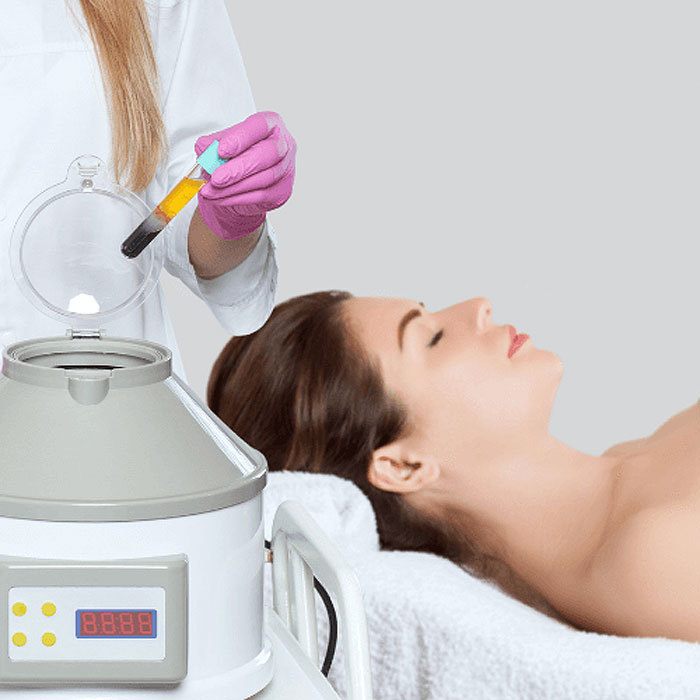PRP Hair Restoration: Does it Cure Hair Loss?
Hair loss is a common problem that affects millions of people worldwide. While there are several treatments available to combat hair loss, PRP hair restoration is one of the most popular and effective ones.
Hair loss is a common problem that affects millions of people worldwide. While there are several treatments available to combat hair loss, PRP hair restoration is one of the most popular and effective ones.
PRP, or platelet-rich plasma, is a treatment that involves the injection of the patient’s own plasma, which contains a high concentration of growth factors, into the scalp to stimulate hair growth. In this blog post, we will delve deeper into PRP hair restoration and whether it can cure hair loss.
Understanding PRP Hair Restoration
PRP hair restoration is a non-surgical treatment that is used to stimulate hair growth in patients suffering from hair loss. The procedure involves drawing a small amount of the patient’s blood and then separating the plasma from the other blood components using a centrifuge. The plasma, which contains a high concentration of growth factors, is then injected into the patient’s scalp in areas where there is hair loss or thinning.
PRP hair restoration works by promoting hair growth and strengthening hair follicles. The growth factors in the plasma stimulate the cells in the hair follicles to divide and multiply, which results in the growth of new hair. The treatment also increases blood flow to the scalp, which helps to nourish the hair follicles and promote healthy hair growth.
Does PRP Hair Restoration Cure Hair Loss?
While PRP hair restoration is an effective treatment for hair loss, it does not necessarily cure the condition. Hair loss can be caused by several factors, including genetics, hormonal imbalances, and certain medical conditions.
PRP hair restoration can help to slow down or reverse hair loss in some cases, but it is not a cure for the condition.
It is important to note that the results of PRP hair restoration can vary from person to person. Some patients may experience significant hair growth after just one treatment, while others may require several treatments to see results. Additionally, the results of PRP hair restoration may not be permanent, and patients may need to undergo maintenance treatments to maintain the results.

PRP Hair Restoration and Other Hair Loss Treatments
PRP hair restoration is just one of several treatments available for hair loss. Other treatments include hair transplant surgery, medications such as finasteride and minoxidil, and laser therapy. Each treatment has its own benefits and drawbacks, and the best option for a patient will depend on their individual needs and goals.
Some patients may choose to combine PRP hair restoration with other treatments to achieve optimal results. For example, PRP hair restoration can be used in conjunction with hair transplant surgery to promote the growth of transplanted hair follicles.
Schedule a Consultation with Lebae’s Experts
If you are experiencing hair loss, it is important to consult with our hair restoration specialist to determine the best treatment options for your individual needs. We can evaluate your condition and recommend a personalized treatment plan.
Our team of specialists is dedicated to helping our patients achieve natural-looking, long-lasting results. Contact us today to schedule a consultation and learn more about how we can help you achieve your hair restoration goals.
